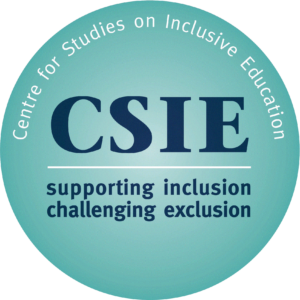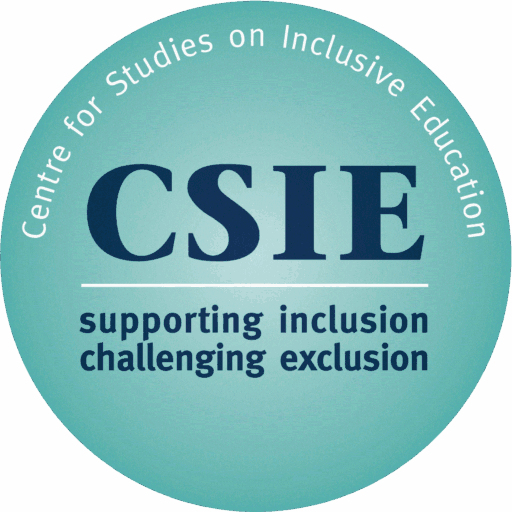November 17, 2020
UK Disability History Month (UKDHM) is an annual event creating a platform to focus on the history of disabled people’s struggle for equality and human rights. This year it runs from 18th November until 18th December and its theme is “Access: How far have we come? How far have we to go?”
To mark the event, CSIE will be running a social media campaign highlighting a range of ways to make schools more accessible for all. Each day CSIE will share an example of how to improve access in schools and other educational settings, aiming to:
- emphasise that access is a fundamental human right, not an optional extra
- highlight the social model of disability (the belief that disability is not caused by physical, sensory or mental impairments, or by a particular condition; instead, it is the result of social or institutional barriers. In other words, if society is organised as though everyone is non-disabled, some people become disabled because there are no adjustments in response to their impairment or condition)
- acknowledge the scale and extent of access issues, as well as the possibilities to address them
Each example will be described in words, as well as in an image in the form of a puzzle piece. We acknowledge that the image may be inaccessible to some people, but at the same time may make the message more accessible for others. At the end of the month all the pieces will fit together to create a bigger image of an accessible classroom, which can be used for future reference.
The suggestion that schools should become more accessible for disabled pupils is not new. It has been a legal requirement since 2002 that schools must have an Accessibility Plan which sets out how the school will improve access to the physical environment, and to the curriculum, for disabled pupils. In January 2020 the Alliance for Inclusive Education reported that many schools are failing to meet this legal duty.
The United Nations Convention on the Rights of Persons with Disabilities is also relevant here. In addition to Article 24 (Education) which calls for an inclusive education system at all levels, Article 9 (Accessibility) states: “To enable persons with disabilities to live independently and participate fully in all aspects of life, States parties shall take appropriate measures to ensure to persons with disabilities access, on an equal basis with others, to the physical environment, to transportation, to information and communication including information and communication technologies and systems, and to other facilities and services open or provided to the public, both in urban and in rural areas. These measures shall include the identification and elimination of obstacles and barriers to accessibility”. The UK government ratified this convention in 2009, recognising accessibility as a human right.
If as a society we are to secure access for disabled people, then each and every one of us should think carefully about what we do and, more importantly, how we do it. It does not matter if we are considering something new or reviewing a long-established practice, we have to make sure that we do nothing which might unintentionally prevent disabled people from taking part. No matter how deeply committed to disability equality we might be, it is still possible that we may have overlooked an access issue and there will always be things that can be improved.
So this UK Disability History Month, join us on this journey of exploring access in schools, and let us all become agents of change! Look out for our daily posts on Facebook and twitter and please share these, to help spread the word as widely as possible!
We remain grateful to our wonderful volunteer Ruth Thornton, who has worked tirelessly to create every single post of this campaign.


